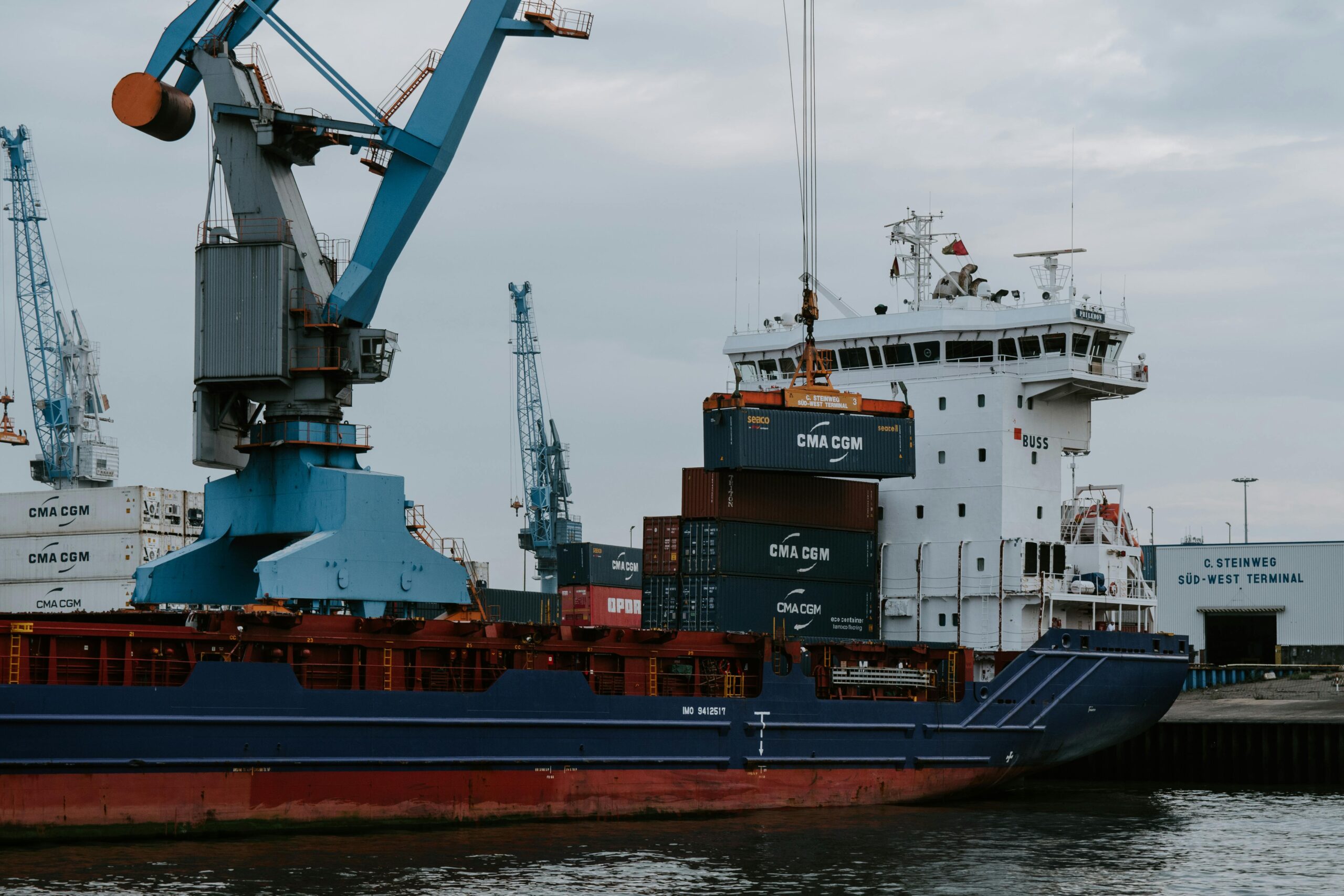Since the 1990s, the aviation industry has been dedicated to reducing greenhouse gas emissions, achieving remarkable progress thanks to research and technologies that optimized the use of aviation kerosene. However, the current challenge is even greater: replacing fossil fuels with cleaner and more efficient alternatives.
In this scenario, Sustainable Aviation Fuel (SAF) emerges as a promising solution for a greener future in air transport. In this article, we will explore in detail what SAF is, its benefits, impacts on international cargo transport, and the challenges that its adoption still faces.
What is SAF?
SAF is an innovative type of fuel, produced from renewable and less polluting sources, such as residual oils and fats, green and urban waste, and non-food crops. This composition guarantees a significant reduction of up to 80% in greenhouse gas emissions compared to conventional aviation kerosene, derived from petroleum.
One of the great advantages of SAF is its versatility. It can be mixed directly with the kerosene currently used, without the need to change the supply structure of aircraft. This characteristic facilitates the transition to a more sustainable aviation model, without requiring large investments in adaptations.
SAF production has grown exponentially in recent years. In 2024, production is estimated to reach 1.25 billion liters, double the amount produced in 2023. Despite this progress, SAF still represents only 0.3% of global aviation fuel use, which shows the enormous growth potential of this technology.
Air Transport in Global Trade
Air transport plays a fundamental role in global trade, being responsible for transporting about 35% of the value of goods traded worldwide, according to data from the International Air Transport Association (IATA).
The air mode is especially important for high value-added products, urgent and perishable cargo, in addition to being recognized as the fastest and safest logistics means. However, this practicality and efficiency come with a high environmental cost.
It is estimated that global air transport is responsible for 3% of total CO2 emissions, with an increasing trend in the coming years, driven by the continued growth of air traffic.
Given this scenario, SAF presents itself as a crucial solution to mitigate the environmental impact of air transport, reducing the carbon footprint of operations and aligning the aviation sector with increasingly stringent environmental regulations.
Challenges for SAF Adoption
IATA and its member airlines want to zero greenhouse gas emissions by 2050, in line with the goals of the Paris Agreement. SAF is pointed out as the main tool to achieve this ambitious goal.
However, the large-scale adoption of SAF still faces important challenges:
• High cost: SAF is more expensive than conventional kerosene, which directly impacts air transport costs.
• Production limitation: Global SAF production is still insufficient to meet the demand of the aviation sector.
• Airport infrastructure: Many airports are not yet prepared to store and distribute SAF efficiently.
Despite the challenges, the outlook for the future is promising. IATA predicts an acceleration in the adoption of SAF from the 2030s onwards, driven by increased government support and greater competitiveness of SAF compared to conventional kerosene.
A promising example is the European Union, which implemented the ReFuelEU Aviation regulation, establishing requirements for aviation fuel suppliers to increase the use of SAF mixed with conventional fuel at airports in the European Union. The goal is to reach 70% SAF in 2050, which demonstrates the commitment of the European bloc to sustainable aviation.
Conclusion
Sustainable Aviation Fuel (SAF) represents a crucial step towards a greener future for air transport. Despite the challenges that its adoption still faces, SAF is shown as a promising alternative to reduce greenhouse gas emissions and mitigate the environmental impact of the sector.
With the advancement of technology, the increase in production and government support, SAF has the potential to transform aviation into a more sustainable mode and aligned with the goals of environmental preservation.
Our Genco Eco Project
Carbon offsetting is a mechanism that allows the neutralization of greenhouse gas (GHG) emissions, mainly carbon dioxide (CO2), through the purchase of carbon credits. Together with ESALQ Junior Florestal, we created Genco Eco, our project that neutralizes carbon emissions in your imports.
Benefits of choosing carbon offsetting
- Mitigation of climate change;
- Incentive for environmental projects;
- Visibility;
- Ease of joining;
- Low cost.
Interested? Contact our team and choose to import sustainably!




